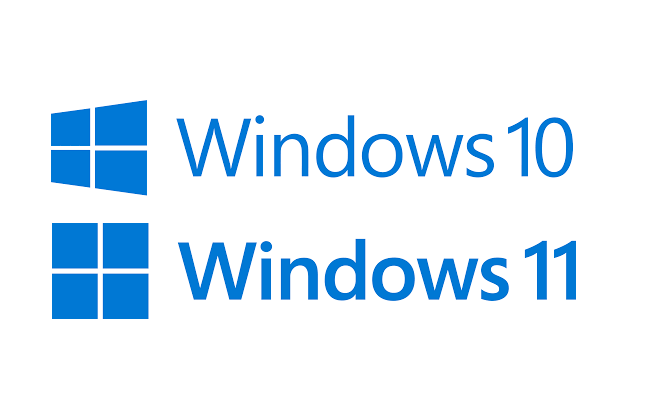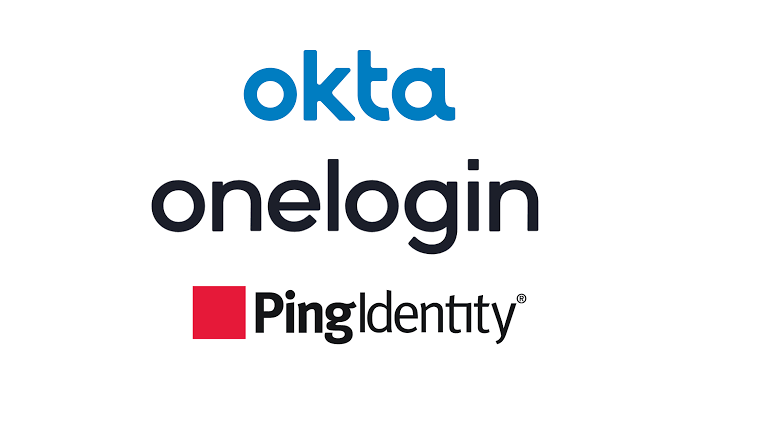Continuous Authentication
Defense-Grade Behavioral Biometrics
Continuous Multi-Factor Authentication
What if you could MFA challenge your users once per minute without them being interrupted or even noticing?
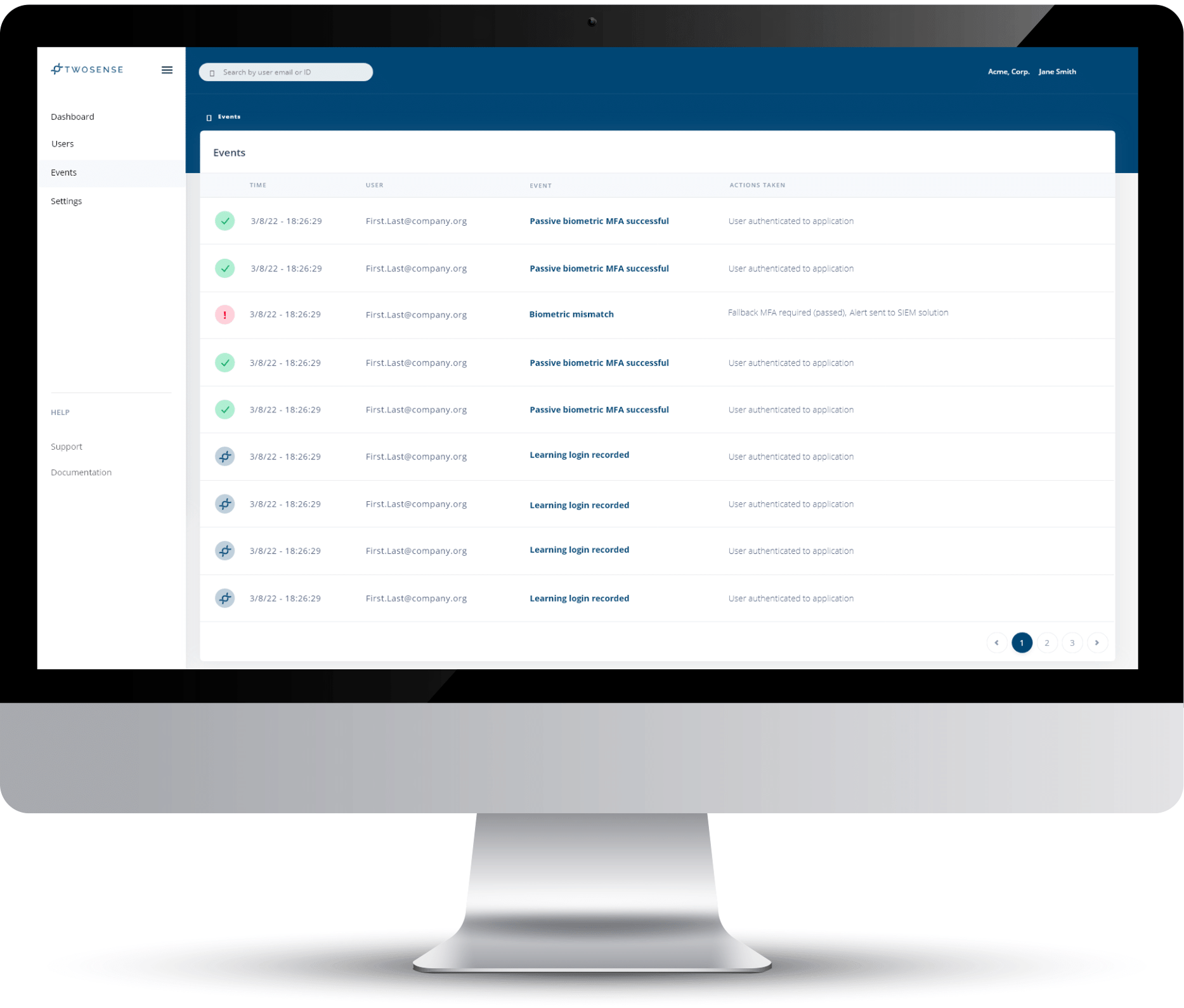
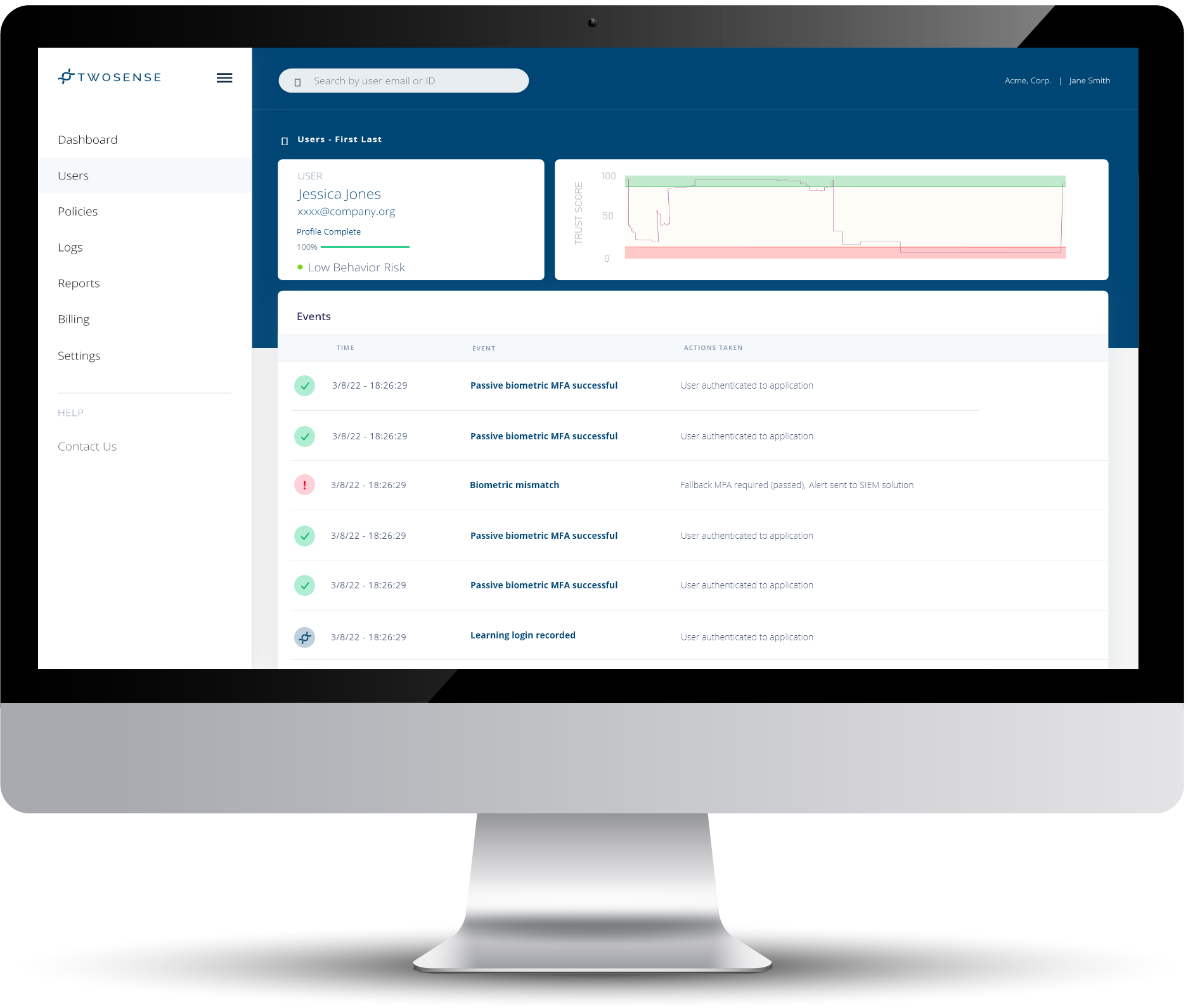
Biometrically verify a user's identity before they access mission critical applications.
What Is Behavioral MFA?
Behavioral authentication is a form of multi-factor authentication (MFA) that verifies a user's identity based on unique aspects of their behavior, like how they type or move their mouse. It dynamically analyzes a user's natural patterns of interaction to build a profile that can recognize suspicious deviations.
Behavioral MFA provides continuous, persistent authentication by constantly monitoring how someone interacts with their device. Even if credentials are compromised, a fraudster won't be able to mimic a user's distinct behavior.
Continuous authentication refers to the ongoing process of verifying the identity of a user throughout their entire session or interaction with a system rather than just at the initial login. This approach enhances security by constantly monitoring and validating the user's identity, reducing the risk of unauthorized access.
By leveraging user behavior and machine learning, Twosense builds a model of each user's behavior, which can then be used to create a baseline of trust and continuously validate the user's identity throughout the day based solely on their digital behavior.
Phishing-resistant Multi-Factor Authentication (MFA) refers to an authentication method designed to mitigate the risks associated with phishing attacks. Phishing is a type of cyber attack where attackers trick individuals into divulging sensitive information, such as usernames, passwords, or other credentials, by posing as a trustworthy entity.
Behavioral MFA is 100% software, meaning no keys or codes can be compromised during a phishing attempt.
Yes. According to PCI SSC, NIST, and the European Commission, behavioral biometrics do meet PCI 4.0 and PSD2 requirements for multi-factor authentication.
To learn more about Behavioral MFA and PCI compliance, please read our Becoming PCI DSS 4.0 Compliant with Behavioral Biometrics, here.
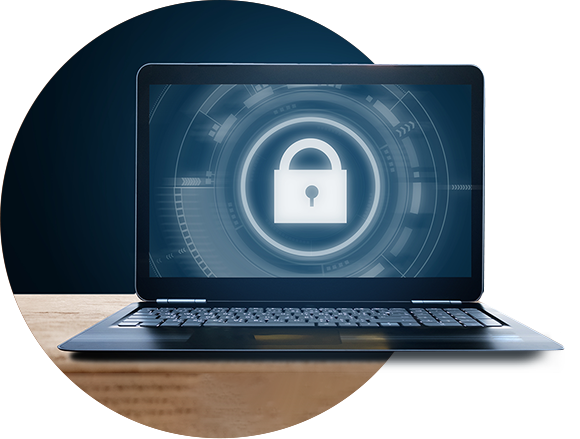
Automating Multi-Factor Authentication
Leveraging machine learning and passive biometrics, Twosense creates a unique behavioral profile for each user. Each model learns and adapts to changing behaviors to biometrically authenticate the user at every MFA challenge in an invisible way.
Easily Deploy Continuous Multi-Factor Authentication
Twosense Continuous MFA can be installed in 15 minutes.
Just install the Windows agent and optional Browser Extension to deploy always-on phishing-resistant MFA on every endpoint.

